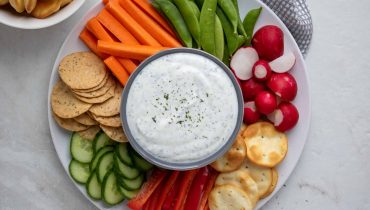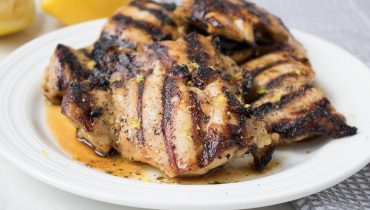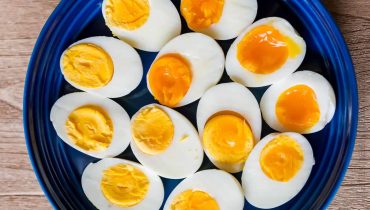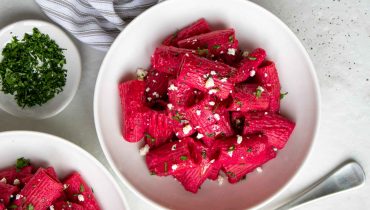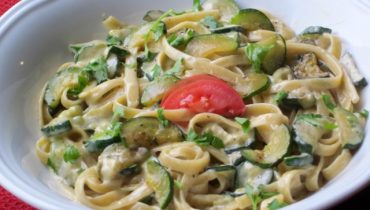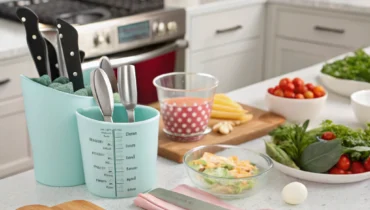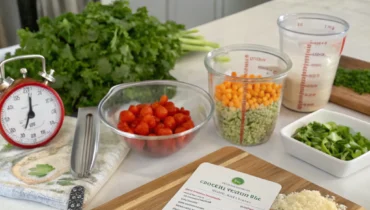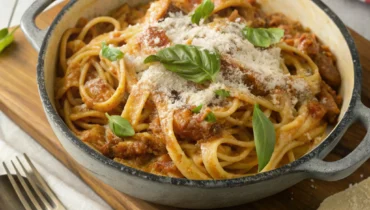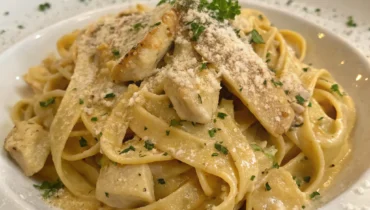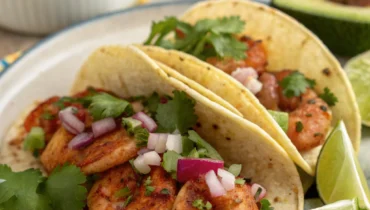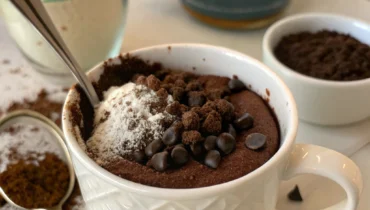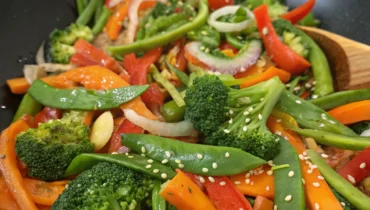Discover the Irresistible Flavor of Memphis-Style BBQ Pork Ribs
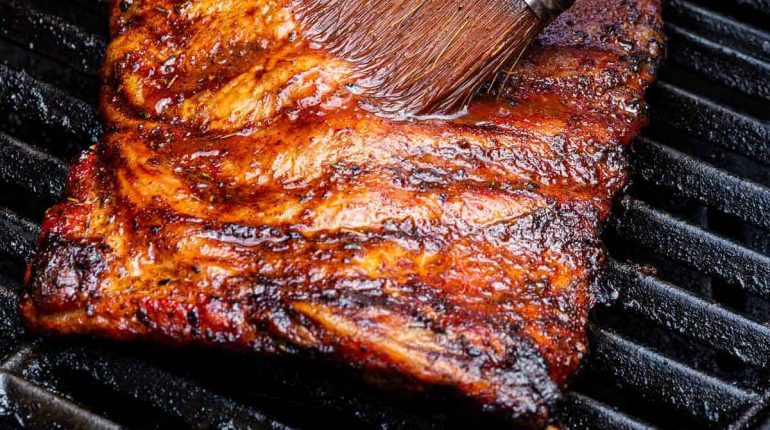
Posted August 18, 2023 by: Admin
Experience the deliciousness of Memphis-style BBQ pork ribs with a pomegranate vinegar mop and a flavorful dry rub. Ensuring perfect tenderness and flavor in each bite requires intermittent basting and precise cooking at the correct temperature.
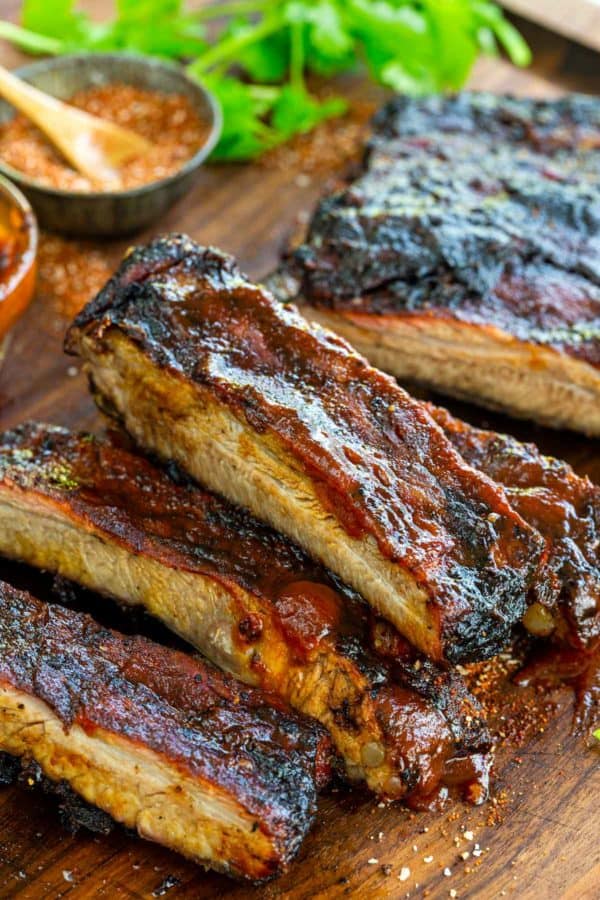
Indulge in the amazing flavors of Memphis-style barbecue pork ribs, enhanced by a tantalizing herb dry rub and a vinegar mop instead of traditional sticky and sugary barbecue sauce. The dry rub seasonings combine with the basting process to create a savory, amber-colored crust on the ribs.
New to cooking ribs? No worries! It’s time to showcase your grilling skills. I’ll guide you through the process, ensuring your ribs are perfectly cooked without being overcooked or undercooked. Ready to fire up the grill?
Dry Rub Seasonings
Combine paprika, brown sugar, chili powder, pepper, salt, garlic, onion, and dried thyme. Rub this mixture onto the meat and let it sit for 1 hour before cooking to allow the spices to adhere and season the surface.
Note: Sugar can start to burn above 350ºF (177ºC), so make sure to regulate your grill temperature throughout the cooking process. Save some of the seasoning mix to sprinkle on the ribs just before serving for an intensified flavor.
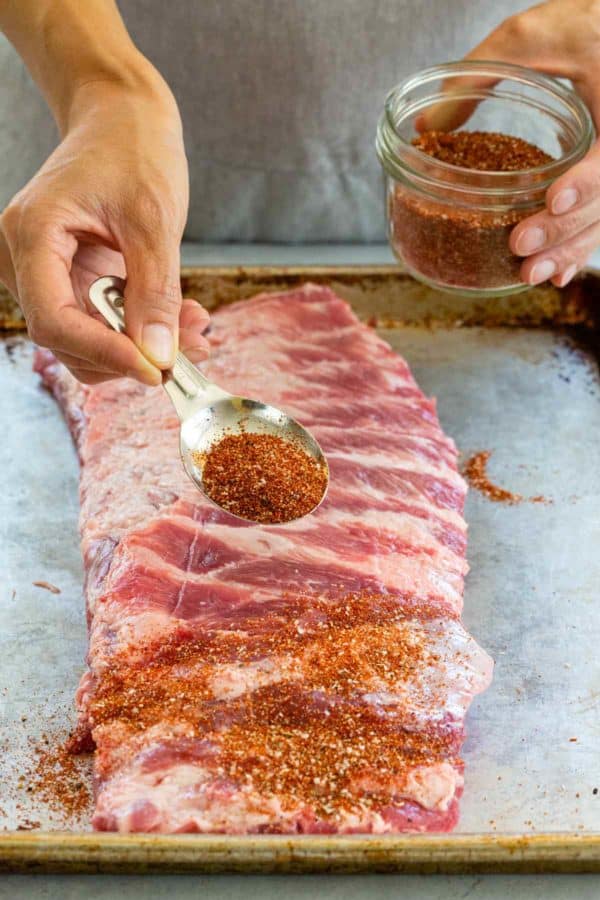
St. Louis Style Pork Ribs vs Baby Ribs
St. Louis-style spare ribs have more meat and fat, with flatter bones that make browning easier. Excess bone and tough cartilage are trimmed to achieve a more uniform shape. Typically, St. Louis-style ribs can serve around four people.
Baby back ribs, on the other hand, are smaller, with bones that are 3 to 6 inches in length. They tend to be curvier and produce lean meat that easily falls off the bone and cooks faster. Baby back ribs typically serve around two people.
How to Cook Barbecue Pork Ribs
- Combine paprika, brown sugar, salt, pepper, chili powder, cayenne pepper, garlic powder, onion powder, and thyme.
- Pat the ribs dry with a paper towel.
- Sprinkle 2 tablespoons of the dry rub on each side of the ribs.
- Let the ribs rest for 1 hour at room temperature.
- Combine pomegranate juice, apple cider vinegar, and some dry rub.
- Preheat the grill to 325ºF (163ºC) with an area of indirect heat.
- Place the ribs in the area of indirect heat and close the lid.
- Brush the vinegar mop over the ribs every 15 minutes.
- Cook until the thickest part of the ribs reaches a temperature of 190 to 200ºF (88 to 93ºC), which takes a minimum of 2 hours and a maximum of 3 hours.
- Loosely cover the ribs with aluminum foil and let them rest for 15 minutes.
- Slice the ribs and sprinkle with more dry rub before serving.
Rib Preparation
Since St. Louis-style spare ribs are being used, make sure to trim any excess fat from the surface, leaving only a thin layer. The ribs should be cooked with the meat side up, causing some of the fat to melt, but not all of it since there is no direct contact with the grill grates.
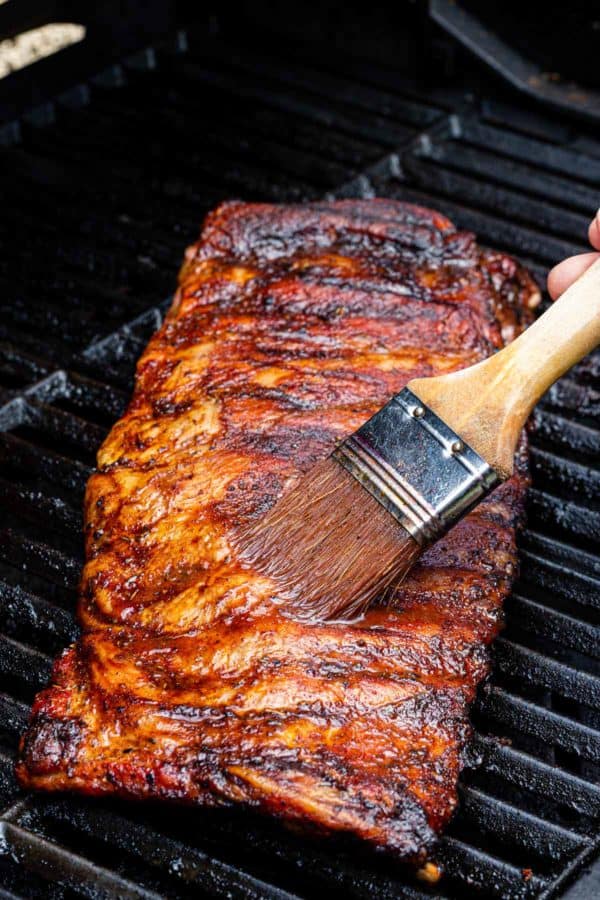
The Mop Mixture
The vinegar-based “mop” or sauce is thin in consistency and used to baste the ribs multiple times during the cooking process. Brushing the ribs with the mop every 15 minutes ensures that the meat remains juicy, tender, and full of flavor.
In this recipe, pomegranate juice and apple cider vinegar are used to add extra flavor and keep the meat moist while cooking. The deep red color of pomegranate juice adds a visually stunning element, but other juices like cranberry, apple, pineapple, or orange can be substituted.
Grilling Temperature
The temperature of the grill is crucial for achieving tender pork ribs. The target temperature should be 325ºF (163ºF), but keep in mind that there may be fluctuations as you lift the lid. Ideally, the grill temperature should range between 300-350ºF (149-177ºC). Avoid going above 350ºF (177ºC) to prevent the sugars in the rub from burning.
Indirect Cooking
This step is important! The ribs should be placed next to the coals or flames, not directly over them, which is why it’s called indirect cooking. For a three-burner gas grill, light only one burner (either on the far left or far right) and leave the other two off. Place the ribs away from direct heat on the other side of the grill.
The ribs should not sizzle when placed on the grill. Cooking in this area requires a low and slow technique, allowing tough connective tissues to soften, fat to melt, and sugars and spices to avoid burning.

Cooking Time
It takes a minimum of two hours and up to three hours to achieve a texture that is easy to chew but still has a good bite on the surface. The cooking time can vary depending on the meatiness and type of ribs used. Controlling the temperature is crucial to prevent the rib meat from becoming too dry, especially when using a dry rub.
Over time, browning occurs around 300ºF (149ºC) due to the Maillard reaction and imparts a smoky flavor from the grill. To intensify the smoky flavor, you can add wood chips or cedar planks. Alternatively, substituting smoked paprika can provide a fiery flavor in the rub.
Can You Make the Recipe Sugar-Free?
Definitely! I have also tried a dry rub without brown sugar. The pork will taste more flavorful with less glaze on the surface. If your guests prefer a touch of sweetness, you can mix 1 tablespoon of dry rub with 1 teaspoon of brown sugar and let them add it to their liking. Refer to the notes section for the sugar-free recipe.
What Should I Serve with BBQ Ribs?
I personally enjoy serving the ribs with a homemade barbecue sauce that has a perfect balance of sweetness and saltiness. However, the choice of side dishes is up to the cook! Some delicious options that go well with ribs include creamy American potato salad and sweet cornbread.
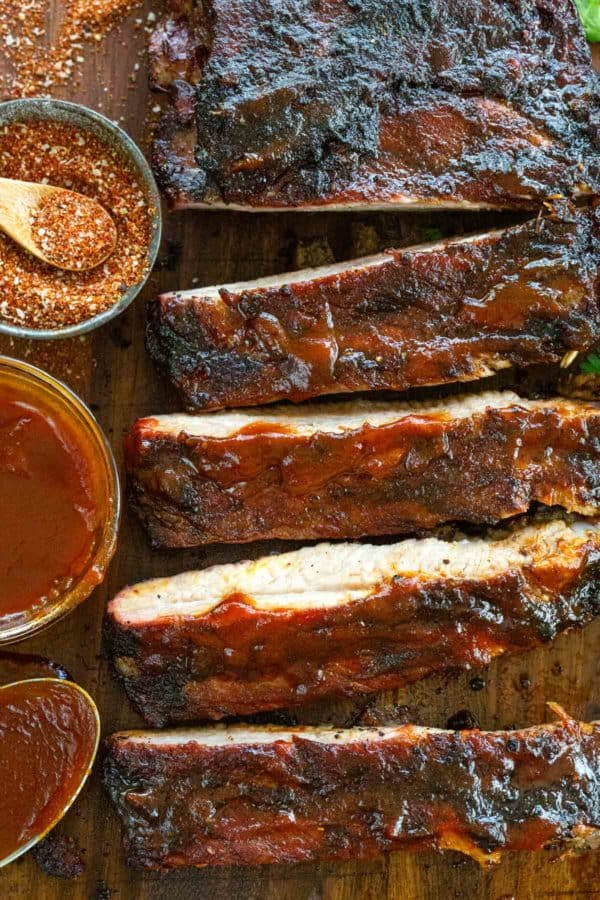
When Are the Ribs Done Cooking?
To determine if the ribs are done, check the temperature of the thickest part of the meat, avoiding the bone. When the digital thermometer reads 190 to 200 °F/ 88 to 93 ºC (ideally around 195 °F/ 91 ºC), the ribs are ready! However, the longer the meat stays within this temperature range without drying out on the surface, the more the collagen in the connective tissue will turn into gelatin, resulting in juicier ribs. Aim for a cooking time of 2 ½ to 3 hours if possible, with a minimum of 2 hours.
Cooking modePrevent your screen from darkening
- In a medium bowl, combine paprika, brown sugar, salt, onion powder, chili powder, black pepper, cayenne pepper, garlic, and thyme.
- Rub each side of the rack with 2 tablespoons of the spice mix. Save the extra spice mix for the mop and seasoning when serving. Let the ribs rest at room temperature for 1 hour.
- In a medium bowl, combine the pomegranate juice, apple cider vinegar, and 1 tablespoon (9 g) of the dry rub.
- Clean the grates. Dip a folded piece of paper towel in a little olive oil and, holding it with tongs, use it to grease the cooking grates.
- Preheat the grill to 325ºF (163ºC) with an area of indirect heat.
- Place the ribs, meat side up, on the indirect heat (cool side) of the grill.
- Cover and cook for 2 to 3 hours, brushing the ribs with the vinegar mop every 15 minutes.
- Grill the ribs until the meat is tender but still holding onto the bone. The surface should be reddish brown. The internal temperature should reach 190 to 200°F (88 to 93°C) in the thickest part of the racks.
- Transfer the ribs to a cutting board, cover loosely with foil, and let them rest for at least 15 minutes.
- Slice the ribs between the bones and serve with additional spice mix for extra seasoning or barbecue sauce.
- Sugar Free Dry Dressing Recipe: Paprika (2 tablespoons), Kosher Salt (1 tablespoon), Black Pepper (1 ½ teaspoons), Garlic Powder (2 teaspoons), Onion Powder (2 teaspoons), Chili Powder (1 teaspoon ), dried thyme (1 teaspoon), cayenne pepper (½ teaspoon). Mix and rub 2 tablespoons onto each side of the ribs.
- Serving Size: 3 to 4 ribs
Calories 611 kcal (31%) Carbohydrates 26 g (9%) Protein 32 g (64%) Fat 44 g (68%) Saturated Fat 18 g (90%) Polyunsaturated Fat 6 g Monounsaturated Fat 19 g Cholesterol 97 mg (32%) ) Sodium 1570 mg (65 %) Potassium 225 mg ( 6 % Fiber 3 g (12 %) Sugar 21 g (23 %) Vitamin A 3400 IU (68 %) Vitamin C 6.6 mg (8 %) Calcium 100 mg ( 10%) Iron 3.8mg (21%)
Percent Daily Values are based on a 2,000 calorie diet. All nutritional information is based on third party estimates. Each recipe and nutritional value may vary depending on the brands you use, the measurement methods, and the serving sizes per household.

